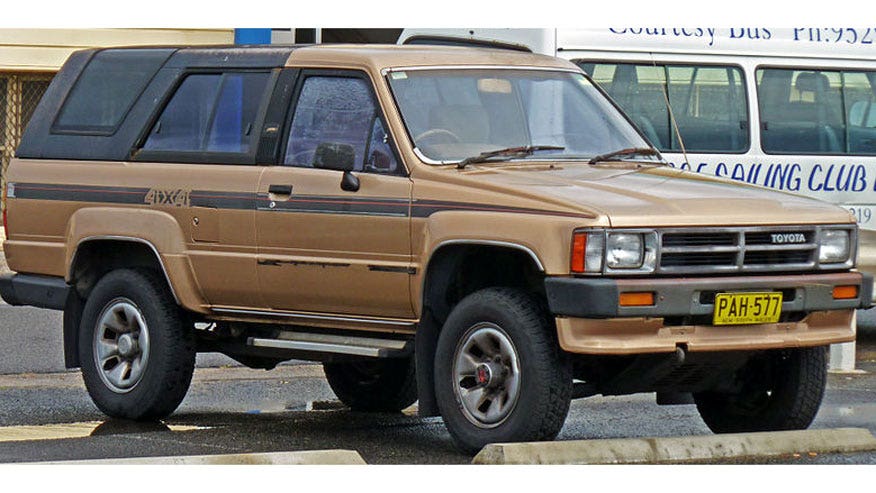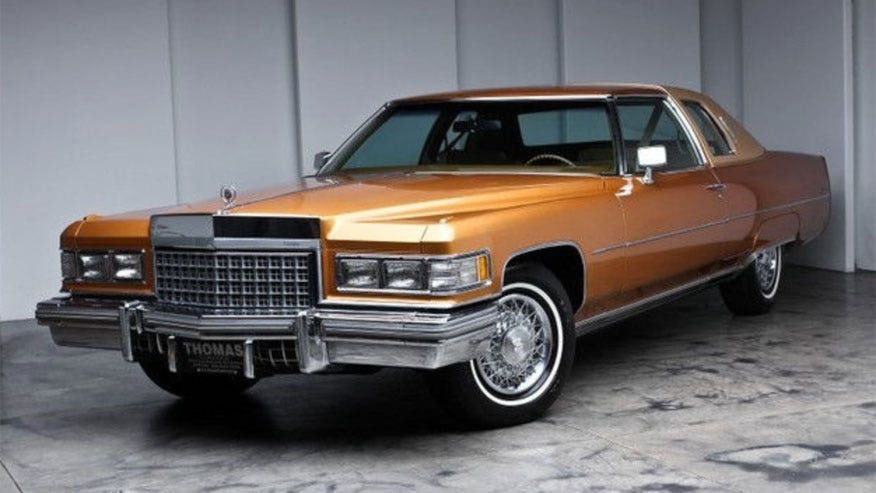If you’ve been a passenger in an airplane, it’s likely that you have felt an “air pocket,” or what feels like a quick drop in the air.
"Air pocket" is merely another term for ordinary turbulence. You might feel as if you're falling from the sky, but rest assured, if you flying commercially, you rarely gain or lose more than about twenty feet, especially if the plane is on autopilot.
The term "air pocket" comes from early aviation, a time when pilots flying open-cockpit biplanes took adventurous locals on a rides in their “flying machines.” These planes, with two wings one above the other, flew at relatively slow speeds. When the plane entered air that, instead of simply sitting there, was flowing slightly upward or slightly downward, the plane's path was altered slightly upward or slightly downward. Air pockets do not technically exist, yet it's an expression that has caught on and is still misused today.
So what happens when you experience a bumpy ride that rattles glasses and turns some knuckles white?
The first thing you need to understand is a basic rule of flying: the earth has different surface temperatures that impacts flight as the aircraft passes through. For example, the surface of a lake is cooler than the surrounding earth, or plowed fields have a different surface temperature than those that are unplowed. Warm air is lighter than cool air. Warmed air rises. Cooled air descends. When a plane encounters varying airflow, we can feel what we call an “air pocket” today.
The idea of an "air pocket" might seem reassuring from a pilot's point of view, for a pocket is something you slip your hand into. When you do, your hand can only go so far. But, over the years, the phrase has come to be thought of as an area where there is no air. With no air, what is going to hold the plane up?


























